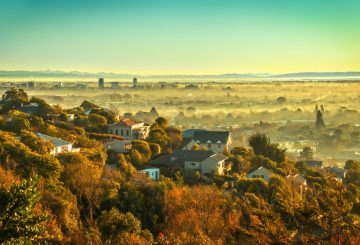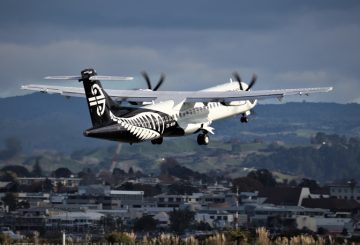뉴질랜드의 대규모 농업 산업은 대부분의 국가보다 1인당 메탄 배출량이 훨씬 많다는 것을 의미합니다.전문가들은 뉴질랜드가 기후 변화를 억제하기 위해 더 많은 노력을 기울여야 한다고 말합니다.그리고 전 세계 이산화탄소 배출량이 조만간 둔화될 것 같지 않은 상황에서, 그들은 메탄 배출을 줄이고 우리의 과거 조치로 이미 갇혀 있는 변화에 적응하는 데 더 집중할 것을 요구하고 있습니다.
안토니오 구테레스 유엔 사무총장은 화요일 (뉴질랜드 시간) 기후변화에 관한 정부간 협의체 (IPCC) 가 과학에 대한 최신 심층 분석을 발표하면서 “인류는 얇은 얼음 위에 있으며 그 얼음은 빠르게 녹고 있다”고 말했다.“기후 시한 폭탄이 터지고 있습니다.”
그는 수요일 오후에 RNZ의 오후에 “뉴질랜드가 할 수 있는 일은 훨씬 더 많다”고 말했다.
그는 가까운 장래에 온난화를 막기 위해 우리가 할 수 있는 일은 “많지 않다”고 말했다.
“알다시피, 앞으로 20년 동안 지구 온난화를 억제할 수 있는 방법은 거의 없을 것입니다…
뉴질랜드는 1인당 온실가스 배출량 측면에서 최상위에 가깝습니다.
IPCC 보고서에 따르면 지구상에서 배출되는 메탄이 적을수록 이산화탄소를 더 쉽게 줄일 수 있습니다.
크레딧: radionz.co.nz





























































